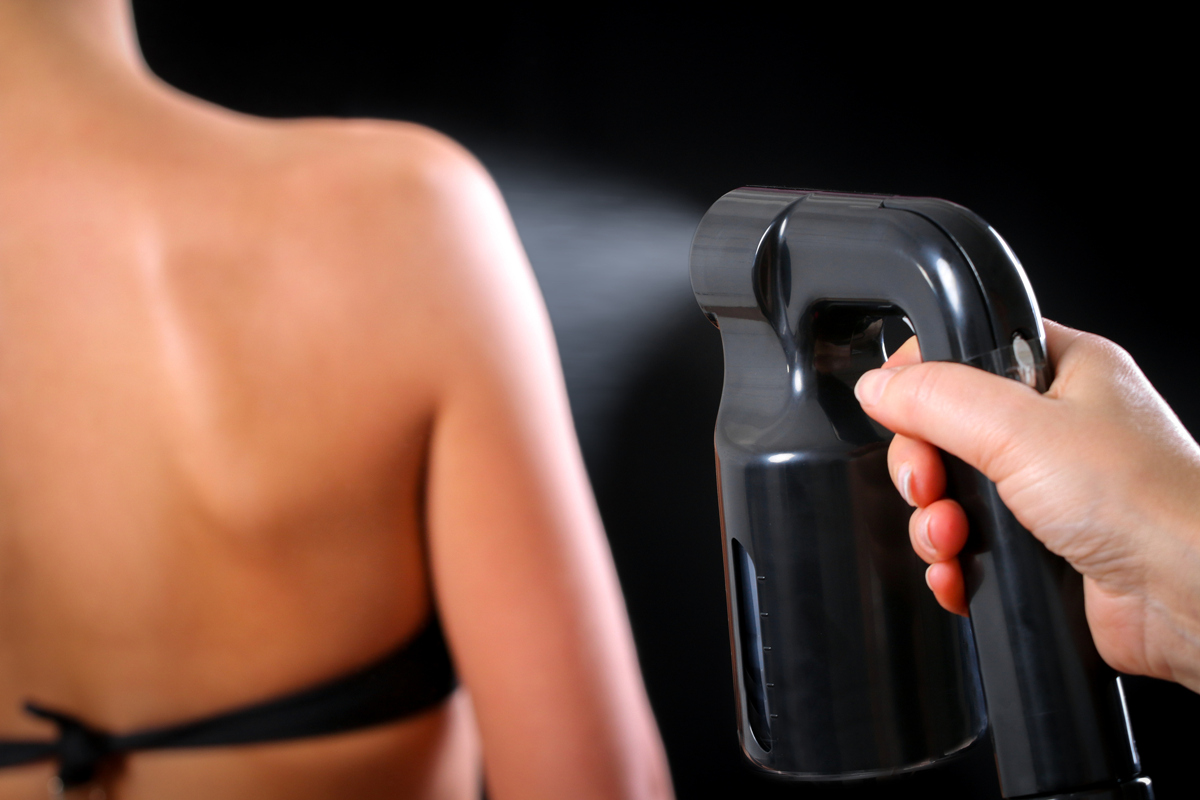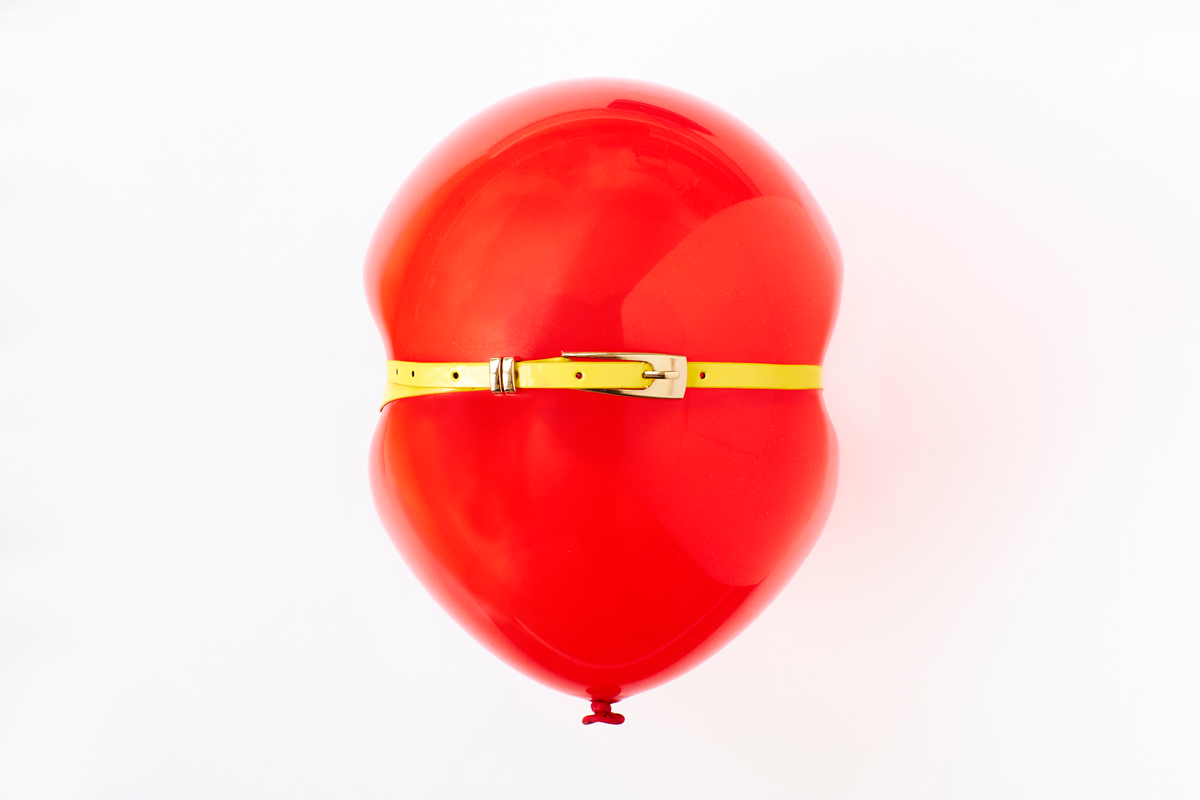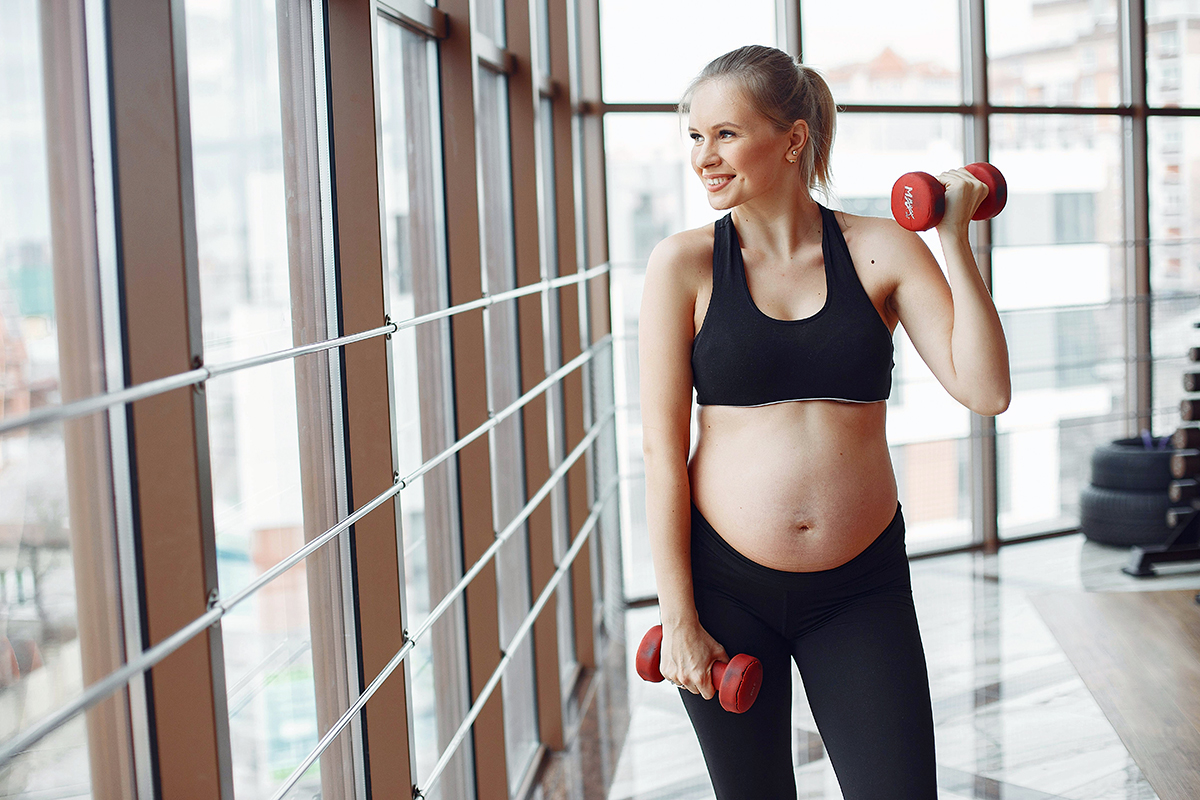Pregnancy can feel like an endless parade of giving things up. Even if you take a more permissive Expecting Better-style approach, you’re still doing less. No steak tartare, no cannabis gummies, no heli-skiing. And also, there’s your face.
I’ve written before about the problem of Botox during pregnancy. While there is no scientific reason to restrict it, most providers will not inject toxins in the face of a pregnant person. So there you are, facing the indignity of swollen feet alongside a growing scowl line in the middle of your forehead. (Good news: it’s fair game during breastfeeding.)
It’s not only Botox. The ParentData inbox is full of questions about skin care during pregnancy. Bottom line: Just because you’re pregnant doesn’t mean you don’t want to use chemicals to peel off the outer layer of skin on your face or stick a lot of little needles in it. The question is, is it safe? That’s today’s topic. We will take a deep dive into fillers, lasers, microneedling, chemical peels, and so on.
State of the data about skin care during pregnancy
I realize you may tire of me telling you the data isn’t perfect on the topics we care about, but it’s as true here as in many other cases.
There are no large-scale randomized studies of virtually any of these kinds of treatments in pregnancy. This is true for at least two reasons. First, it isn’t clear who would have an incentive to fund studies into this, since there isn’t an obvious way to monetize the findings or a clear public policy need for the answer. Second, it’s (appropriately) hard to study pregnant women, because we worry about possible negative effects on the fetus. There is more caution in place than with the non-pregnant population, and skin treatments mostly do not rise to the level of necessity that we’d want to take the risk to study them.
This means that we can get data from a few sources:
- Basic biological understanding from animal studies
- Case reports: someone has a procedure, maybe not entirely sanctioned, and we see what happened
- Case series: multiple case reports
- Data from usage of procedures as medical treatments rather than cosmetic ones
None of these are as good as large randomized trials, but we can learn something. Below, I’ve divided these into two groups based on proposed safety profile. Note that I’ve given them both vague names. Without better data, it’s not appropriate to comment strenuously one way or the other. This meta-analysis was a helpful guide, in addition to the specific citations below.
Please note: There is more on Botox in the post above, and more on face washes and other acne treatments in this one.
Thought to be safe
While the skin is a little more sensitive later in pregnancy, the following peels are considered safe, as they don’t go deeper than the top layer of skin and microneedling is chemical-free.
- Glycolic acid peels: During a glycolic acid peel, the acid is used to treat the skin, and the outermost layer of skin then peels off over the next 7 to 10 days. Since there is no significant penetration into the body, these are considered to be safe during pregnancy.
- Lactic acid peels: Similar to a glycolic acid peel, these work on the outermost layer of the skin. There is limited dermal penetration, so these are thought to be safe. They are used to treat gestational acne, among other things.
- Microneedling: This procedure puts tiny needles in your face, to stimulate collagen production and improve the youthful look of your skin. Since there is no chemical component and the penetration of the needles is shallow, there isn’t a strong reason to think this would be problematic in pregnancy.
- Related note: With these procedures it is common to use either injectable or topical pain relief. Of those options, lidocaine is the most commonly recommended. It’s a pregnancy category B drug, which indicates a high level of safety.
More possible caution
I would exercise caution with more complex procedures, as there isn’t enough data to determine their safety and some go further into the dermis.
- Salicylic acid peels: Salicylic acid peels are deeper and there is more significant penetration into the skin. In contrast to the less stringent peels discussed above, there is therefore more concern about possible fetal exposure. Salicylic acid is the ingredient in aspirin. At high doses, aspirin is considered a bleeding risk in pregnancy. At low doses, though, it’s not only safe but often recommended. This leaves the fate of these peels somewhat uncertain, and, as a result, there is more caution warranted. Generally, if used in small doses or in small areas, there isn’t reason for concern. But if you were going to do a big peel on a large portion of skin, there could be reason for pause.
- Electrolysis: Electrolysis is used for permanent hair removal. A current is sent through hair follicles, zapping them and causing them to not grow new hair. Doing electrolysis during pregnancy is not recommended because of the theoretical concern that the current could go through the amniotic fluid and, basically, shock the baby. There’s not a lot of actual evidence that this happens, but the concern is enough to put this on the no list.
- Microdermabrasion: This procedure, which removes the outer layer of skin using tiny crystals that are rubbed into the skin, is not generally recommended in pregnancy. That is not because of concerns about the baby, so if you already had it, don’t worry. The concern is about healing — more sensitive skin during pregnancy can make the results from this procedure more uneven. You may therefore want to consider waiting until after delivery to sandpaper your face.
No conclusions
There are a few cases in which we have so little data that I can’t really even put them in one of the categories above.
- Fillers: Dermal fillers, used to plump up the face and lips, are unstudied during pregnancy. The meta-analyses can find literally no case reports. To be clear: there isn’t any reason to think these would be dangerous, but we simply do not know.
- Lasers: Shooting your face with lasers is another approach to getting rid of fine lines and wrinkles. As with fillers, there is no data on the use of this treatment during pregnancy. This is because … providers will generally not laser you for cosmetic reasons when pregnant. However: there are other situations in which lasers are used in pregnant women — treatment of kidney stones, for example. These settings have not shown pregnancy complications. Which is good news for lasers, but still probably not enough to put them on the safe list.
Making decisions under uncertainty
One of the meta-analyses cited above opens with “The safety of cosmetic procedures in patients who are pregnant and/or lactating is a complex clinical question surrounded by uncertainty.” This is very true! For a lot of patients, this uncertainty is enough to simply skip it (and even if you do not want to skip it, many providers will not perform these procedures if they know you are pregnant).
Despite this, I think there are two important reasons to surface these incomplete data. First: you might want to do these things! Especially the first set, where the safety data is better. Not getting a chemical peel may not be the end of the world, but if there is no reason to skip it, then why not do it? This is a similar argument to the one I make for sushi. The second reason is that some women have these procedures before knowing they are pregnant. If you’re panicking about having accidentally done so, I hope this helps calm you down. Which is almost always my ultimate goal.
The bottom line
- Some aesthetic procedures, like glycolic acid peels, lactic acid peels, and microneedling, are considered safe, because penetration doesn’t go beyond the top layer of your skin. Avoid options like salicylic acid peels and electrolysis, because of possible exposure and unknown effects on the fetus.
- Fillers and lasers are still unknown to be safe because of the inherent risks to the pregnant person and fetus, so it’s probably best to err on the side of caution.
- If you’ve already gotten one of more of these procedures before you found out you were pregnant, try not to panic. Most procedures are safe and don’t go any deeper.

















Log in